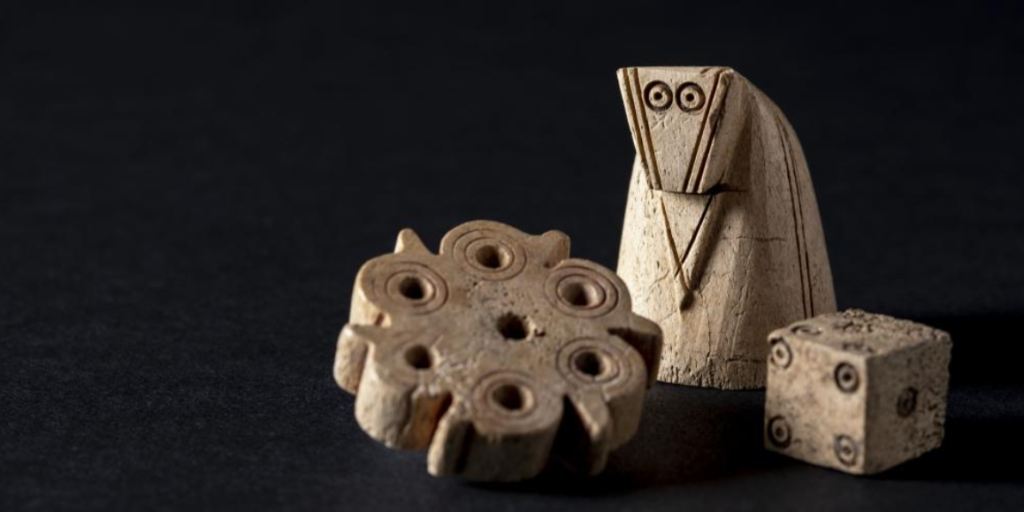A stunning 1000-year-old game collection was found in a forgotten German castle.
Others are reading now
A remarkable discovery has been made at a forgotten castle in southern Germany, where archaeologists have unearthed a collection of medieval game pieces dating back to the 11th and 12th centuries.
This extraordinary find includes a well-preserved chess piece, other gaming pieces, and dice.
Rare Medieval Chess Pieces
Chess, which arrived in Europe over a millennium ago from the East, has left behind few artifacts from its early years.
Among the finds at this site is an exceptionally well-preserved knight piece, offering a rare glimpse into early European chess.
Also read
The piece, along with other gaming artifacts, was discovered during excavations at a long-forgotten castle in the Reutlingen district of Baden-Württemberg.
An international team of experts from the German Archaeological Institute (DAI), the State Office for the Preservation of Monuments Baden-Württemberg (LAD), and the University of Tübingen is currently examining the collection.
Laboratory analyses have revealed traces of red paint on some pieces, indicating one player used red.
Wear patterns on the knight piece suggest it was moved in a manner similar to how chess pieces are handled today.
Dr. Jonathan Scheschkewitz of LAD explained in a press release, “In the Middle Ages, chess was one of the seven skills that a good knight should master. It is therefore not surprising that known finds mostly come from castles.”
He and Dr. Lukas Werther of DAI expressed their excitement about the unexpected discovery of the games collection, with Dr. Werther describing the knight piece as a significant highlight.
Preservation Under Debris
The gaming pieces were found under the debris of a wall, where they had been lost or hidden during the Middle Ages. This protective coverage contributed to their exceptional preservation.
Dr. Flavia Venditti noted that a typical sheen from handling and moving the pieces is visible under the microscope.
In addition to the knight piece, archaeologists discovered four flower-shaped game pieces and a six-sided die, all carved from antlers.
The horse figure’s eyes and mane are intricately designed, characteristic of high-quality chess pieces from that era.
The red paint residues on the flower-shaped pieces are currently undergoing chemical analysis.
Insights into Medieval Gaming
Researchers hope these finds will shed light on the origins of European chess and the gaming culture of medieval nobility.
This collection is particularly valuable because well-preserved chess and game pieces from before the 13th century are extremely rare in Central Europe.
The public will have the opportunity to view these findings at two upcoming exhibitions: the Great State Exhibition “THE hidden LÄND” in Stuttgart, starting September 13, 2024, and the Special Exhibition “Unearthed! Knights and Castles in the Echaz Valley” in Pfullingen, beginning June 15, 2024.


